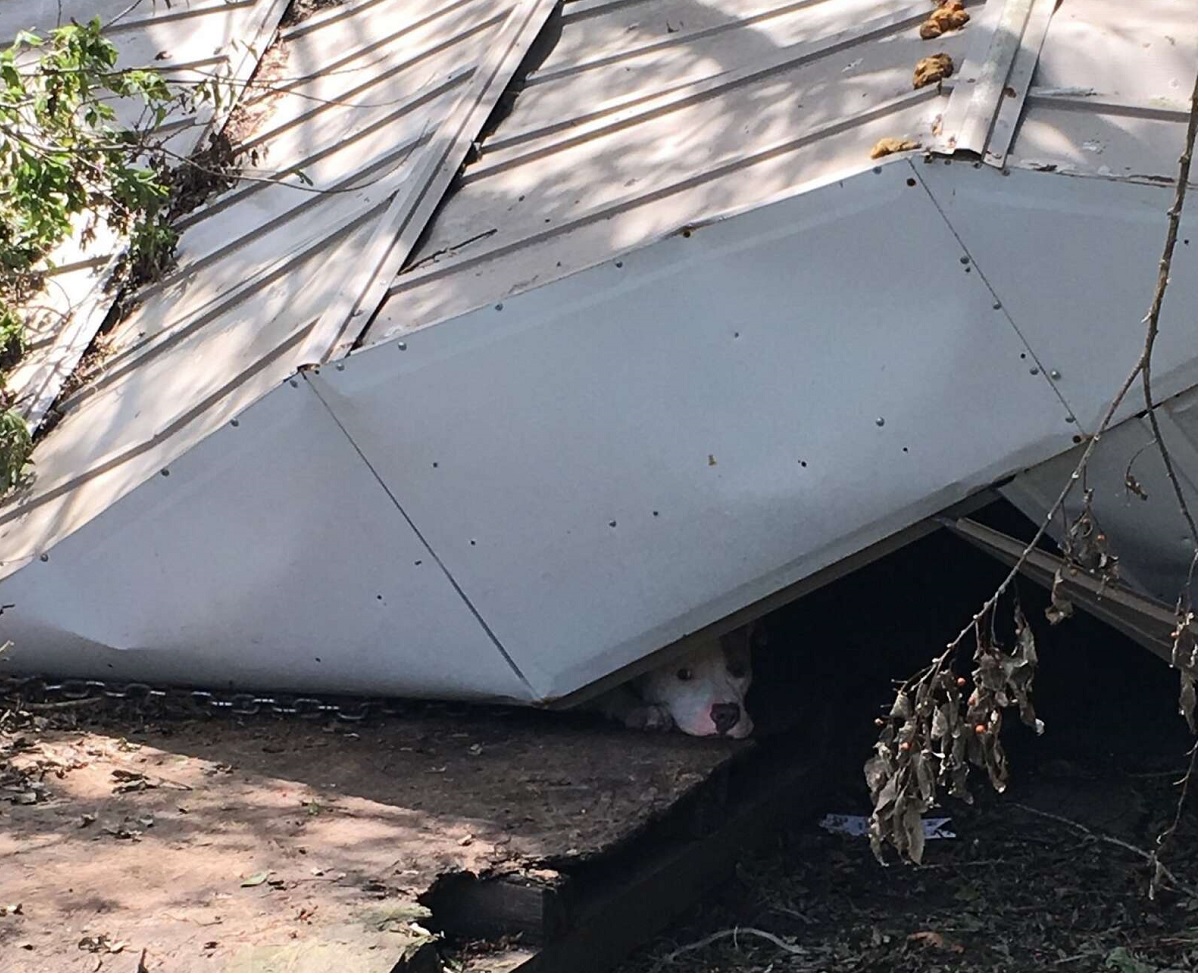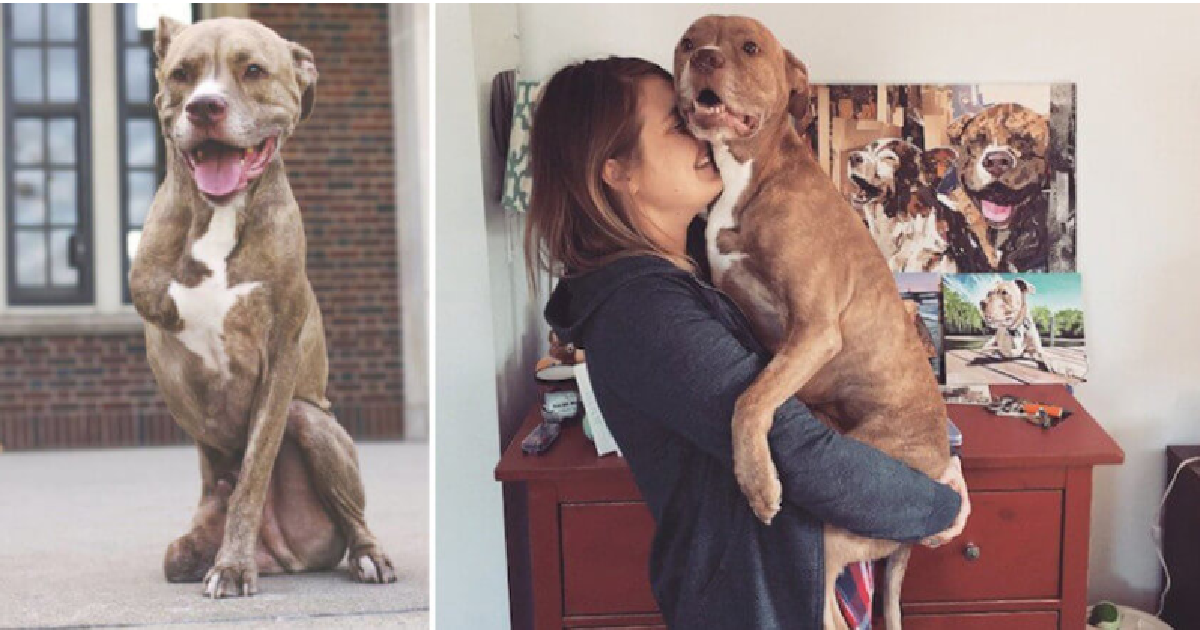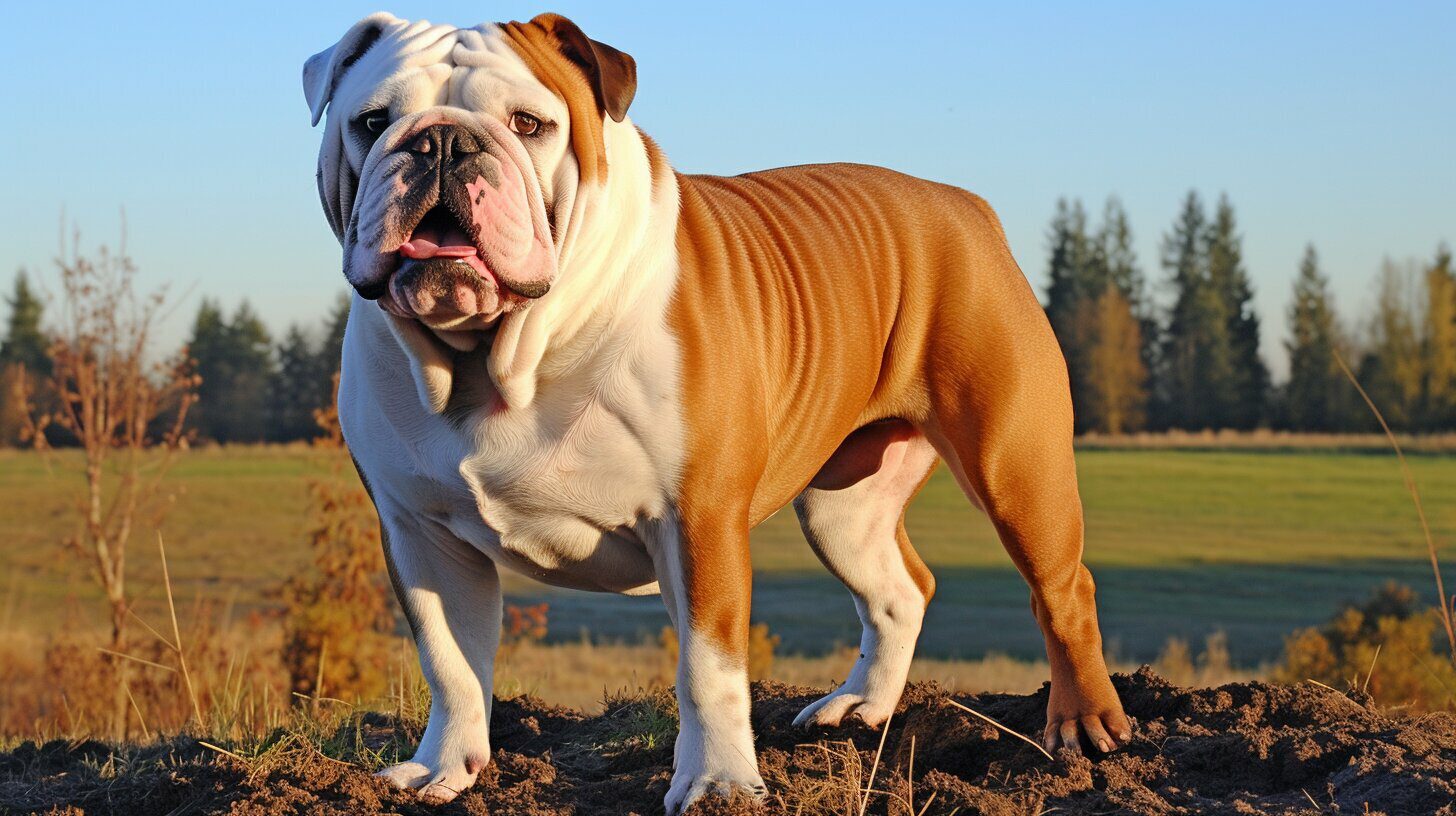Deciding to put a dog down with a torn ACL is never easy, and it can be heartbreaking for any pet owner. No one knows better than you just how much your beloved family member means—from their cuddly snuggles at night to their dependable companionship during walks around the block—which makes saying goodbye something that no one wants to consider.
While some dogs can live with this injury, it’s significant to note that a dog’s quality of life will vary. Fortunately, suppose your pup has suffered an injury from a torn anterior cruciate ligament (ACL). In that case, there are ways of assessing whether or not they should undergo surgery or if they may benefit more from other forms of treatment. We’ll explore what puts dogs most at risk for such injuries and also address when it’s time to make the difficult but necessary call about putting them lower down.
What is an ACL?
The ACL is located in the knee joint and runs diagonally across the joint, connecting the femur (thigh bone) to the tibia (shin bone). It prevents too much movement from occurring between these two bones and stabilizes the knee joint so that it can bear weight. Without an intact ACL, your pet cannot bear weight on their leg brace or even walk correctly because of instability in their knee braces.
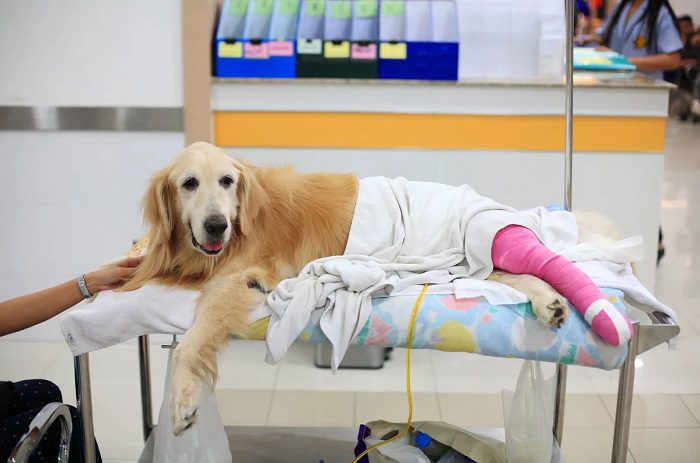
What is a Torn ACL in Dogs?
The most common knee injury that dogs get is a torn ACL. The symptoms include limping on one side, swelling and tenderness around the knee joint, difficulty standing up or walking, and stiffness while walking. It can also cause your pup to exhibit signs of pain, such as whimpering or yelping when touched near the affected area. If you suspect your puppy may have a torn ACL, it’s important to take them to the vet immediately for diagnosis and treatment.
What Are the Main Causes of a Torn ACL in Dogs?
Obesity
Obesity puts additional strain on your dog’s joints, including its knees. This extra stress can cause the ligaments in the knee joint to become weak and easily torn. Therefore, pet owners need to keep their dogs at a healthy weight which can help minimize the risk of developing a torn ACL.
Trauma
A direct trauma or blow to a dog’s knee can cause an ACL tear. This trauma is usually seen when playing with other pets or running into obstacles such as furniture or staircases. Pet owners should be aware of these risks and try to minimize them, if possible, by providing their pets with enough space and supervision when playing or running indoors or outdoors.
Genetics
Certain breeds are more prone than others to developing a torn ACL due to genetics. Breeds such as Retrievers (Golden and Labrador), German Shepherds, Rottweilers, Bulldogs, Boxers, and Shih Tzus are especially prone to this type of injury due to their build and structure. Therefore, these breeds may require more attention and care to reduce their chances of developing an ACL tear than other breeds would need.
Inadequate Exercise
Inadequate exercise can also strain your dog’s knees leading to an ACL tear. Taking your pet out for regular walks benefits their overall health and helps strengthen the muscles surrounding their knees, which help support the joints while they exercise. Adequate exercise will help keep your pet healthy while minimizing the risk of developing any injuries due to overexertion or lack thereof!
Age
Older dogs are more likely than younger ones to tear their ACL because they have weaker ligaments that are less able to handle sudden movements or changes in direction when running or playing quickly with other pets. Therefore, as your pet ages, you should take extra precautions, such as providing them plenty of rest periods between activities and ensuring that they don’t overexert themselves too much during playtime.
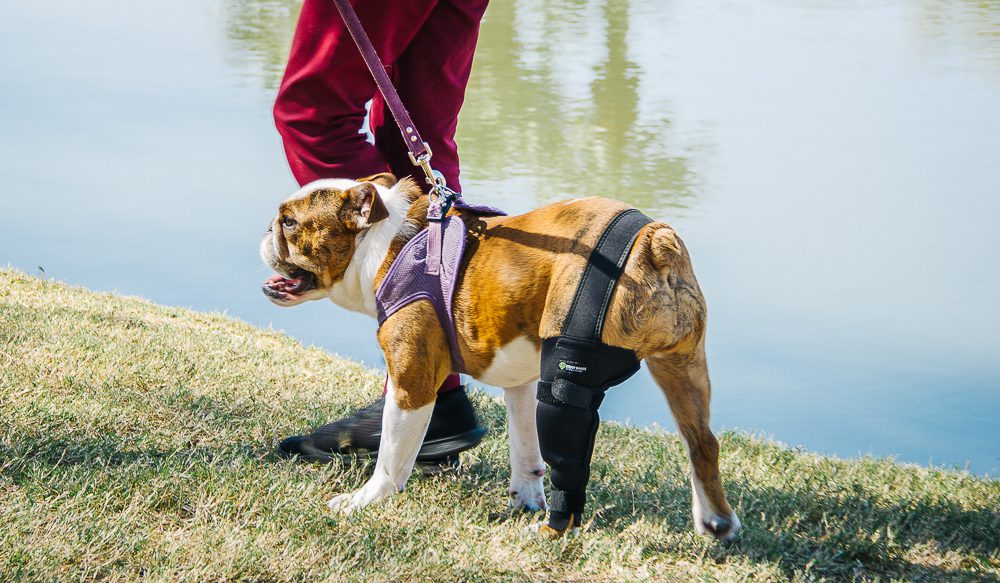
Is the Dog’s Breed a Factor in ACL Injuries?
The risk of developing an ACL injury in any dog breed increases with age due to degenerative conditions in the joint or ligament. That said, some breeds are more predisposed to this type of serious injury due to their size and weight.
Specifically, larger breeds such as Labrador Retrievers, Golden Retrievers, German Shepherds, Rottweilers, and Bulldogs are more likely than smaller breeds to experience ACL injuries due to the increased pressure put on the ligaments in their knees from their size and weight.
Genetics can also play a role in whether or not a dog will develop an ACL tear or strain. For example, if both parents had an ACL history, their offspring would likely experience similar issues.
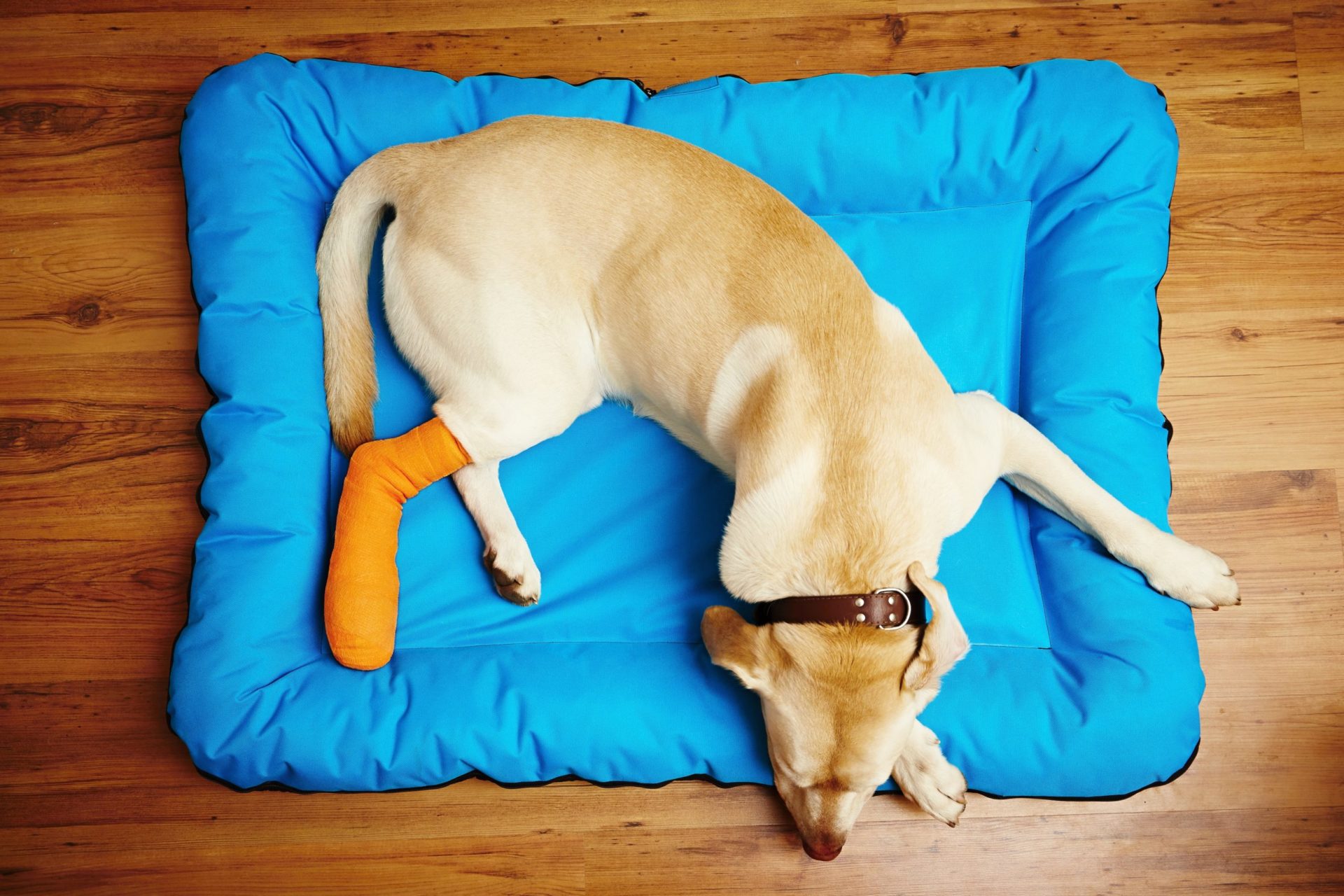
Can Dogs Live Long With Torn ACL Injuries?
The prognosis for dogs with torn ACLs depends on several factors, such as age, overall health status before the injury, the extent of damage to ligaments/joints/cartilage/muscles, the severity of symptoms before treatment, and response to treatment options chosen. Generally speaking, most dogs can expect to fully recover from an ACL tear within four months of treatment; however, some older dogs may not recover due to age-related changes that occur over time, which can slow healing.
Recovery also depends on how dedicated you are to helping your pet through rehabilitation exercises that will help strengthen the dog’s leg muscles post-surgery so they can walk normally again without any discomfort or pain. Ultimately, proper care and attention following an injury like this can give your pet many more years of healthy living–so remember your pup’s regular checkups.
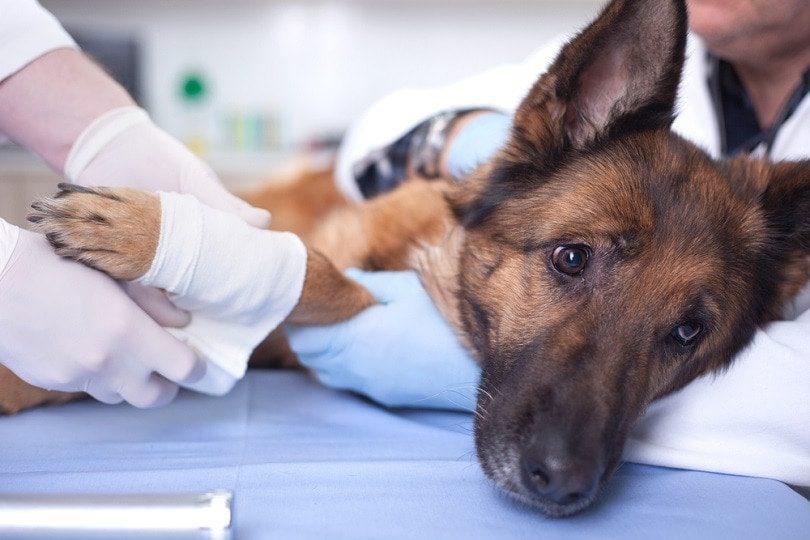
How Do You Treat a Dog With a Torn ACL?
Types of Non-Surgery Treatments
There are many different types of nonsurgical treatments that can be used to help your pup recover from ACL injuries. These include physical therapy exercises and supplements, such as glucosamine and chondroitin sulfate. Physical therapy exercises are designed to increase a dog’s mobility and strengthen the muscles around the joint. This helps them build strength to support their injured ligament better. Supplements, such as glucosamine and chondroitin sulfate, help promote healing by providing structural support for healthy cartilage in the joint.
Weight Management
Maintaining a healthy weight is also essential when treating a dog’s ACL injury without surgery. Carrying extra weight puts additional strain on the ligaments and joints, which can lead to further damage or re-injury. Your vet can guide your pup’s weight based on their breed and size, so keep their weight in check during recovery!
Rest & Recovery
Finally, rest and recovery are critical during the treatment process for dogs with ACL injuries. They must remain active but not overdo it – too much activity may cause further damage or re-injury! Make sure to give your pup plenty of rest between activities and allow them time to heal properly before attempting any strenuous exercise again.
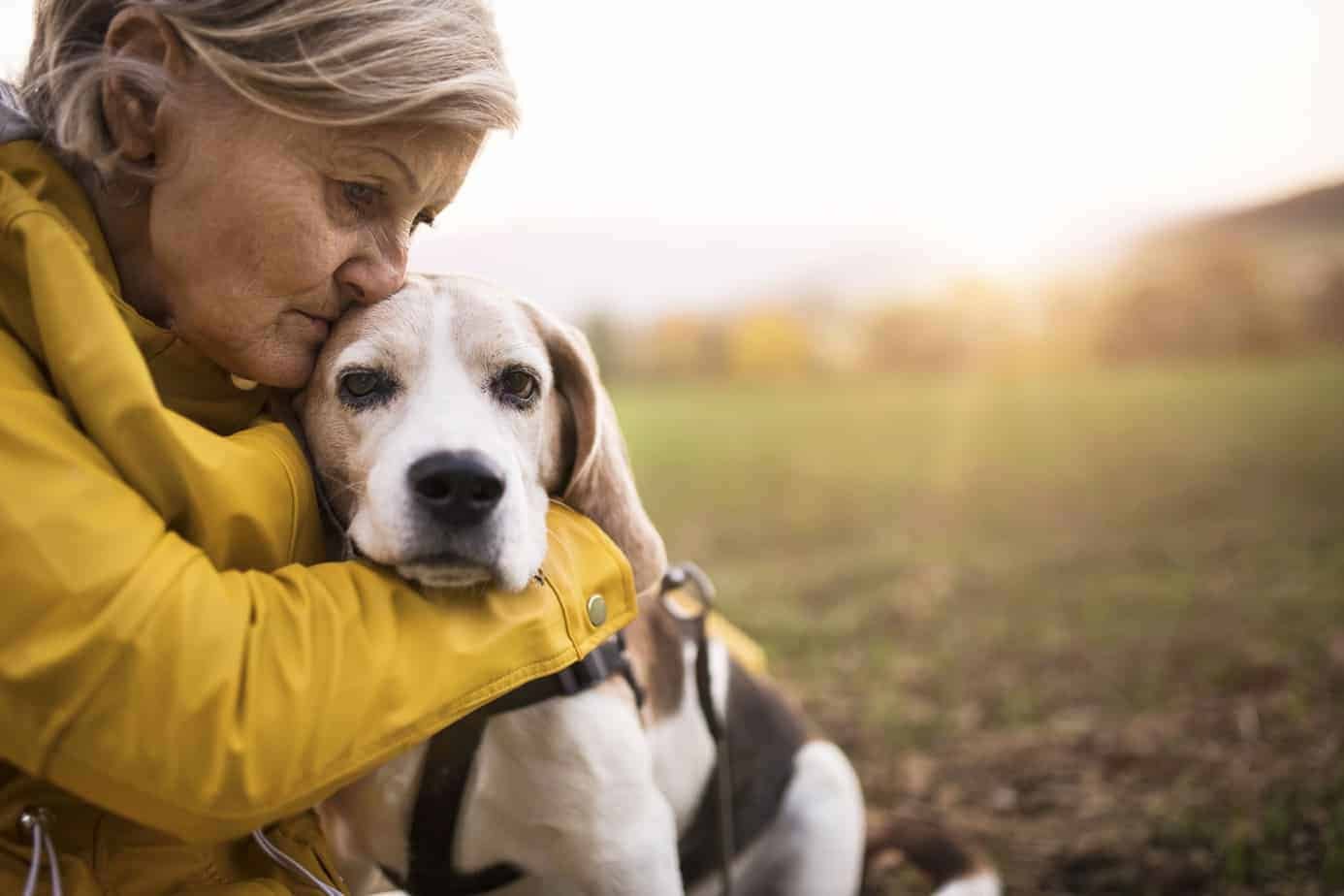
3 Factors to Consider When Treating a Dog With a Torn ACL
The Severity of the Injury
The first factor to consider when deciding how to treat your pup’s ACL tear is the severity of the injury. The severity is determined by the extent of damage done to the ligament and surrounding tissues. If the tear is minor, it may heal over time with rest and physical therapy. However, if the tear is more extensive or has caused further damage, surgery might be necessary for your pup to recover fully. Please talk with your vet about what they recommend based on the severity of your pup’s injury.
Your Dog’s Overall Health
Another important factor to consider when deciding how to treat a dog with a torn ACL in their overall health. Dogs that are overweight or obese have an increased risk of developing further problems from an ACL tear, such as arthritis in their knee joint. This can make treating most ACL injuries more difficult and prolong recovery time. If your pup is overweight or obese, talk with your vet about what you can do to help them get back into tip-top shape before beginning treatment for their ACL tear.
Cost of Treatment
Finally, when considering treatment options for an ACL tear in dogs, it’s important to consider cost, effectiveness, and comfort level for you and your pet. Surgery tends to be expensive, while nonsurgical treatments like braces or physical therapy can be less costly but may not provide effective long-term relief from pain and discomfort caused by an ACL tear in dogs. Consider all available options carefully before settling on a treatment that fits your and your pet’s budget constraints.
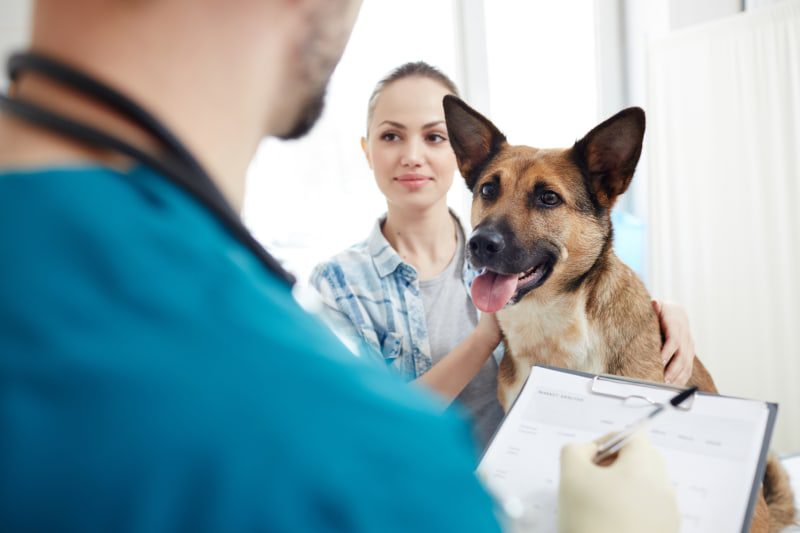
5 Treatment Options for a Torn ACL in Dogs
1. Pain Management: The first step in treating torn ACL injuries is managing your pet’s too much pain. Depending on the severity of the ACL injury, your veterinarian may prescribe pain medications or recommend other treatments, such as acupuncture or laser therapy.
2. Rest and Exercise: After the initial dog pain has been managed, limiting your pet’s activity levels is essential while allowing plenty of rest. This will help reduce further strain on their weakened joints and allow them time to heal correctly. At the same time, regular exercise is still important for building strength and flexibility in the affected joint. Your vet can help you determine the activities best for your pet’s needs and recovery process.
3. ACL Surgeries: Surgery may be necessary if the torn ACL injury is especially severe or nonsurgical treatments have not been successful. Total knee replacement surgeries are becoming increasingly common for pets with ACL injuries as they provide more excellent stability than partial replacements or other repair surgeries. However, these surgeries require extensive aftercare and can take up to several months for recovery, depending on how severe the damage was before surgery.
4. Physical Therapy: Physical therapy is essential in restoring normal movement and range of motion after surgery or other treatments for a torn ACL injury in dogs. Exercises such as swimming, massage, stretching, and low-impact activities like walking can all help improve mobility and strengthen weak muscles around the affected joint, so your dog returns to normal functioning more quickly after its treatment period ends.
5. Weight Management: Maintaining a healthy weight is key when treating dogs with ACL tears because excess weight can put extra strain on a weakened joint, which can delay healing times significantly or even cause further damage if left unchecked. Try feeding smaller portions throughout the day instead of one large meal, and make sure they get plenty of physical activity each day so that they stay at a healthy weight without putting too much stress on their joint during recovery from their injury.
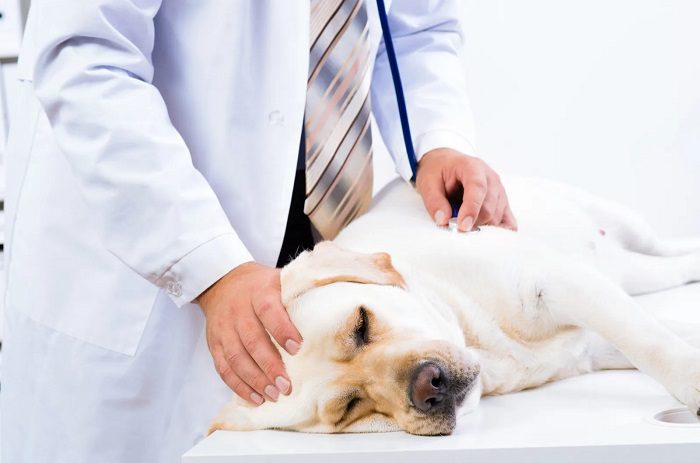
What is an ACL Surgery?
An ACL surgery is a fairly standard procedure to repair torn Anterior Cruciate Ligaments (ACLs). The procedure involves removing the torn ligament and replacing it with a graft from either your dog’s tendons or a donor’s tendon. The new ligament will help support your pet’s knee joint and improve their mobility.
How is ACL surgery performed?
The actual procedure takes approximately 1-2 hours to complete. First, your dog will be placed under general anesthesia, and their hind legs will be shaved and scrubbed with an antiseptic solution. Then, the surgeon will make two small incisions on either side of your pet’s knee joint.
Through these incisions, they will carefully remove the damaged ligament and replace it with either a tendon taken from another part of your pet’s body or a donor tendon. Finally, they will close the incisions with stitches.
Recovery From a torn ACL Surgery
Once the surgery is complete, your pet must stay overnight at the hospital for observation before being released into your care. Your vet may give you some pain medication at home to ensure your pet remains comfortable as they recover from surgery.
It can take up to six weeks for a complete recovery. Hence, you must follow all instructions given by your vet regarding exercise restrictions and follow-up appointments throughout this period to ensure that everything goes smoothly during this time.
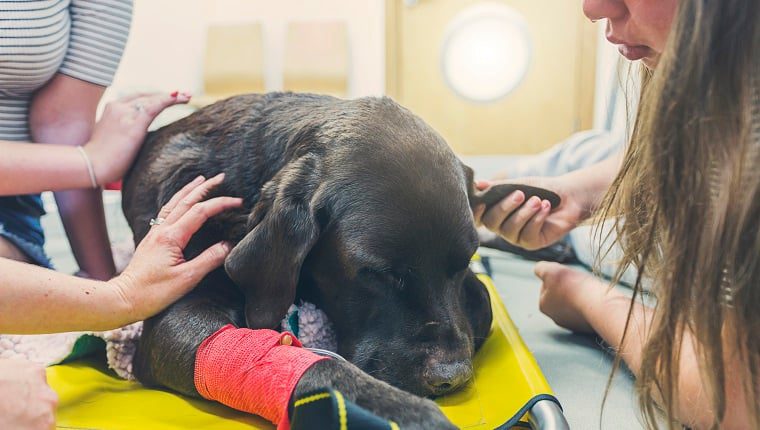
What is the Average Cost of ACL Surgery?
On average, dog owners should spend anywhere from $1,500 to $4,000 for ACL surgery, depending on all the abovementioned factors. This includes pre-surgery testing, post-operative care, therapy, and the reconstruction procedure.
Keep in mind that this figure does not include any additional treatments that may be needed due to complications from surgery or disease progression before or after therapy; these costs would need to be accounted for separately.
Furthermore, insurance policies may not cover certain medications used during recovery. Hence, it’s important to check with your provider beforehand for potential out-of-pocket expenses related to medications.

What is the Success Rate of ACL Surgery?
When looking at the success rate of any medical treatment, it’s important first to understand what constitutes success in this situation. For example, in ACL surgery, success means that the affected limb will be able to bear weight, be pain-free, have a restored range of motion in its associated joint, and allow your dog to return to normal activities, such as walking or running.
The Statistics
Now let’s get into the nitty-gritty details. According to statistics published by Veterinary Surgery Central, studies have shown that up to 95% percent of dogs who undergo an ACL repair procedure experience successful outcomes after seven weeks post-surgery. This means that within seven weeks after their surgery, these dogs regained full use of their affected limbs and could return to normal activities without pain or discomfort. However, it should be noted that this statistic applies only when skilled veterinary surgeons perform surgeries; do your research before selecting a surgeon for your pup!

When to Put a Dog Down With Torn ACL?
The decision regarding whether or not to euthanize an injured dog is an incredibly personal one and should never be taken lightly. If your vet has diagnosed your pet with a torn ACL, you must weigh your options before making any decisions.
When to put a dog down with torn ACL? Here are some factors that you should consider when trying to decide what’s best for your pup:
Age: A senior dog may have more difficulty recovering from a torn ACL due to weaker muscles and ligaments. If your pet is eight years old, consider putting them down rather than risking another injury or surgery.
Dog’s Pain Level: Dogs in severe pain due to their Torn ACL may need more than just pain medications and rest to manage their discomfort. In these cases, euthanasia may be the most humane option available, so they don’t have to suffer any longer.
ACL Surgery Cost: Surgery for a torn ACL is expensive and may not even guarantee full recovery if underlying issues are present in your pet’s knee joint. If you cannot afford the cost of surgery or if it is too risky for your pet, then it might be best for them if you opt for euthanasia instead.
No matter which route you choose for your pet, remember that you want what’s best for them, and sometimes that means making hard decisions out of love and kindness.
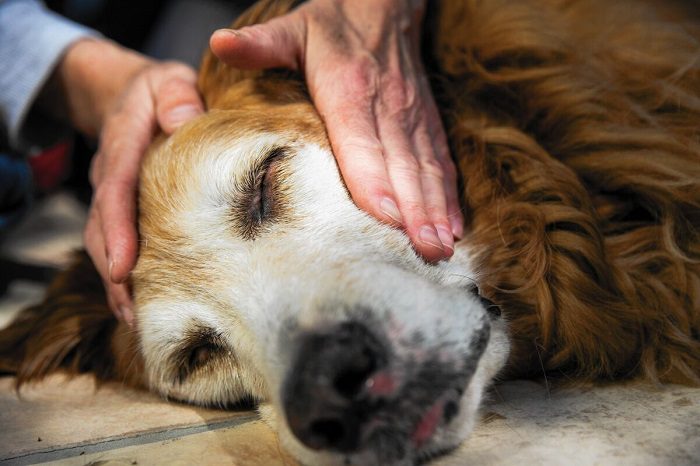
Final Thoughts
In conclusion, surgery is often the most effective solution to treating torn ACLs. However, other options, such as weight management and physical therapy, can help improve mobility and strengthen weak muscles around the affected joint. It’s important to consult with your veterinarian beforehand to determine the best course of treatment for your pet.
When deciding when to put a dog down with torn ACL, it’s important to consider their quality of life. If your pup is experiencing pain that can’t be managed and no other treatments are providing relief, it may be necessary to have them humanely euthanized. No matter what the decision, make sure always to put your pet’s best interests first.
Frequently Asked Questions
SHOULD A DOG WITH A TORN ACL BE PUT DOWN?
Despite the potential for arthritis in a dog’s injured leg, a good diet and exercise combined with brace support can mitigate any severe health outcomes. So don’t give up on your pup! With proper care, Fido will stay happy and healthy – after all, dogs are notoriously resilient in injury recovery.
HOW MUCH PAIN IS A DOG IN WITH A TORN ACL?
When a tear occurs in their ACL, dogs may initially feel intense pain and be hesitant to put any weight on the injured leg. However, depending on how severe it is, they could limp for several weeks afterward as part of their recovery journey.
WHAT HAPPENS IF YOU DON’T TREAT A TORN ACL IN DOGS?
Even a minor injury to the ACL can rapidly degenerate if left untreated, leading to immense pain and suffering for your beloved pup. However, with regular care, wounds will heal quickly while further damage is avoided; additionally, they won’t have to remember walking on an injured leg due to favoring their good one.
DO DOGS FEEL PAIN FROM A TORN ACL?
When a dog tears its ACL, initial pain can be expected for several days. However, recovery is usually in sight after that time, and the pup should feel more comfortable again soon.

